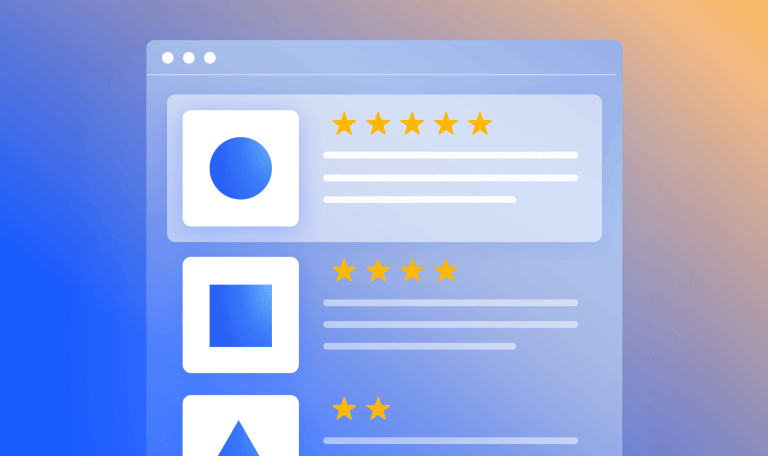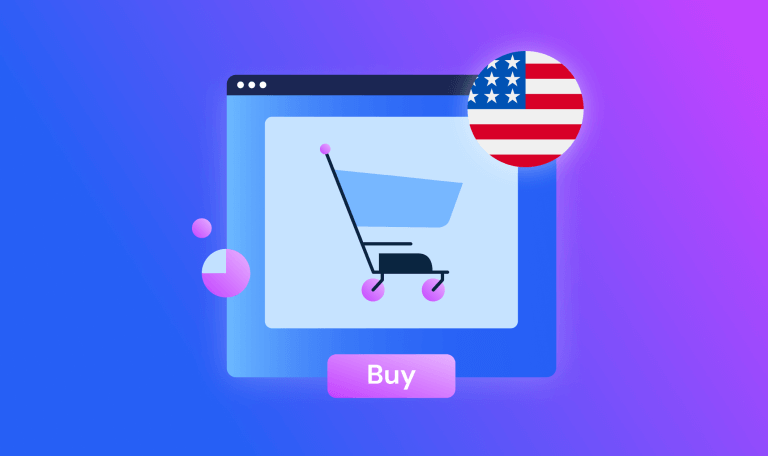What is Lead Generation and Why is it Important?

If you’re in sales, you will understand the importance of generating leads for your business – but it goes a lot deeper than that if you’re looking for true sales success.
IYKYK.
But IYDK (translation: if you don’t know), we’re about to break down the basics of lead generation and show you exactly how it can help you identify and engage potential customers more effectively… and ultimately bring in more dollar.
So, whether you’re new to the world of generating B2B leads or you’re looking to refine your existing sales strategies, get your reading specs ready for this deep dive into how it works in sales development.
What is lead generation?
Lead generation is the process of identifying and attracting potential customers and engaging them with your products or services.
The aim of lead generation is to:
- Collect contact information from prospective customers
- Qualify them as sales leads (if they fit your ICP)
- Nurture them so they move down the funnel into paying customers
Voila. ✨
Why is effective lead generation so important?
Effective lead generation can offer several benefits to businesses of all sizes, and getting it right is super important to achieving your business’ sales and marketing goals. Here are five key advantages of a successful lead generation strategy:
1) Increases sales
By identifying potential customers who would *actually* be interested in your products or services and nurturing them into paying customers, lead generation can help increase sales and revenue for your business.
In short: Effective lead generation = improved targeting. And improved targeting = more sales.
2) Cost-effective
Here’s one for your CFO: Compared to other marketing methods like advertising, lead generation – done right – is the most cost-efficient way to acquire new customers.
By targeting individuals who you know are likely to be interested and see value in your product or service, you can focus more of your efforts on converting those leads (rather than convincing them).
3) Improved ROI
With an effective lead generation strategy, you will see a high return on investment (ROI) as you focus on the most reliable or profitable leads, helping to really make the most of that marketing and sales budget.
You can also benefit from how easy it is to track your efforts with a well-thought-out sales strategy, pinpointing what’s working and what needs adjusting. After all, monitoring and optimizing is a key factor in making sure your ROI is at its greatest.
4) Better customer insights
Lead generation is another way you and the rest of your sales team can gain valuable insights into your customers’ needs, preferences, challenges, and behaviors.
Having this information will only improve your sales strategy and marketing efforts, as well as product development and customer service. It’s a win, win, win, win.
5) Increased brand awareness
Another plus-point for a successful lead generation strategy is how it helps businesses increase brand awareness, and establish themselves as industry leaders. If you or your team is doing it well – that being, reaching out to the right type of companies, with the right kind of outreach – then you will be building trust and credibility within your brand.
With the art of consultative selling, you can provide valuable content and advice to build a relationship that quickly becomes indispensable for your prospect – and to any business they recommend you too.
6) Long-term benefits
When you start your sales process off with good vibes, the good vibes can easily follow through the sales funnel. So, don’t see your lead generation efforts as a checkbox job in your sales cycle.
That’s why we go on about consultative selling so much. With the art of consultative selling, you can provide valuable content and advice to build a relationship that quickly becomes indispensable for your prospect, going way beyond the initial outreach and engagement with a prospect.
This will help businesses like yours establish long-term relationships that can lead to repeat business and referrals.
Types of lead generation
The two main types of lead generation are inbound and outbound lead generation.
- Inbound lead generation involves creating valuable content and using other marketing tactics to attract potential customers to your business. This includes things like blog posts, social media marketing, search engine optimization (SEO), and free resources like e-books, webinars and whitepapers.
- Outbound lead generation, on the other hand, involves actively reaching out to potential customers to generate leads. For this, you’ve got methods like cold calling, email marketing, direct mail campaigns, and advertising.
The goal of both types of lead generation is to resonate with prospects, by understanding their needs and pain points, and positioning your product or service as the solution to their problems.
While both inbound and outbound lead generation strategies can be effective, it’s important to choose the right approach based on your target audience, product or service, and overall sales goals. For example, if you’re selling a complex solution that requires a lot of education and awareness-building, you might want more focus on inbound lead generation. If you’re selling a product that solves a more straightforward problem, outbound methods like cold calls and cold emails might get you more places.
Is the alignment of sales and marketing necessary in lead generation?
The short answer? Yes, it is. Why? Because this alignment between sales and marketing benefits businesses in a number of ways.
Here’s how it will help your lead generation strategy, specifically:
1) A better understanding of your target audience
When your sales and marketing teams work together, you can develop a great understanding of your target audience, including their needs, preferences, pain points and buyer behavior. This will help create a more effective lead generation process because it involves a degree of personalization. And that, my friends, is what will help you stand out.
2) Consistent messaging across the board
By aligning your marketing and sales efforts, your business can make sure its messaging is consistent across all channels and touchpoints which helps to build trust and credibility with potential customers.
3) A clearer sales funnel
With this magic marketing and sales combination, you’ll see a much clearer and more efficient sales funnel. And that’s something that will benefit both your potential customers, as you guide them from initial awareness through to a final conversion, but also your sales team – particularly for those being onboarded.
4) Improved quality of leads
As a team, you can work together to define and qualify leads, to make sure you’ve got the right sort of leads coming in. After all, the leads you want are the ones that are most likely to convert into paying – and hopefully, long-lasting and loyal – customers, right? This will improve the overall ROI of your lead generation efforts.
5) More revenue
Together, the two departments can create a more cohesive and effective lead generation strategy, combining both outbound and inbound methods. Ultimately, this can lead to increased revenue and business growth – something everyone in your company loves to hear.
How Similarweb helps you generate leads
Similarweb is a powerful tool that can be used in a number of ways during your sales process.
For starters? Our Lead Generation tool, which does exactly what it says on the tin.
Found within Similarweb Sales Intelligence, this tool makes generating B2B leads an absolute breeze. Search through our database of over 100m companies, and fine-tune your search results to fit with your ideal customer profile using our filter option.
On top of that, you’ve got some other very helpful Sales Intelligence features (if we do say so ourselves), including:
✨ Contacts: Taking your list of leads, providing contact details for each and every one of them, then sending them all straight to your CRM in just a couple of clicks.
Insights Generator tool: Making sure your outreach is engaging and stands out from the crowd (and rest of your prospect’s inbox), highlighting pain points before you come and save the day with your product.
Account Overview: Giving you full insight into each of your accounts, including digital performance and website technologies to give you the edge in your consultative approach.
⚠️ Sales Signals: Allowing you VIP access to hear about new sales opportunities (eg. “Omg, they’ve just got rid of our competitor!”), as well as upsell and cross-sell opportunities for you Account Managers out there.
So, how does over 100 million prospects and 480 million contacts right at your fingertips sound to you?
Ready to generate more leads?
Now you’re part of the IYKYK club of lead gen, are you ready to generate more B2B leads?
Save yourself and the rest of your sales team a lot of time (and spare yourselves from the boring and repetitive tasks involved with lead generation) with Similarweb Sales Intelligence.
Find out exactly how the platform can help you with your sales process by booking a demo today:
FAQs
What does lead generation mean in sales?
Lead generation is the process of identifying and attracting potential customers or leads. The goal is to create a list of potential customers who can then be contacted by your sales to initiate a conversation, and nurture them down the sales funnel.
What are the two types of lead generation?
There are two lead generation types, and those are outbound lead generation and inbound lead generation.
What are the benefits of effective lead generation?
An effective lead generation strategy has a ton of benefits, including more sales, improved ROI, greater brand awareness… and it’s cost-effective too.
Boost your consultative selling impact
Try Similarweb Sales Intelligence today — free of charge








